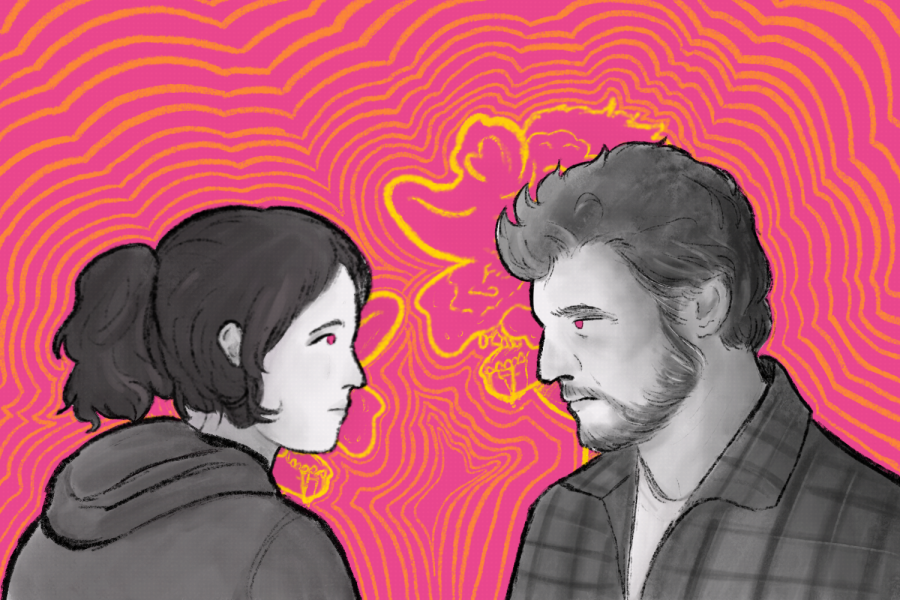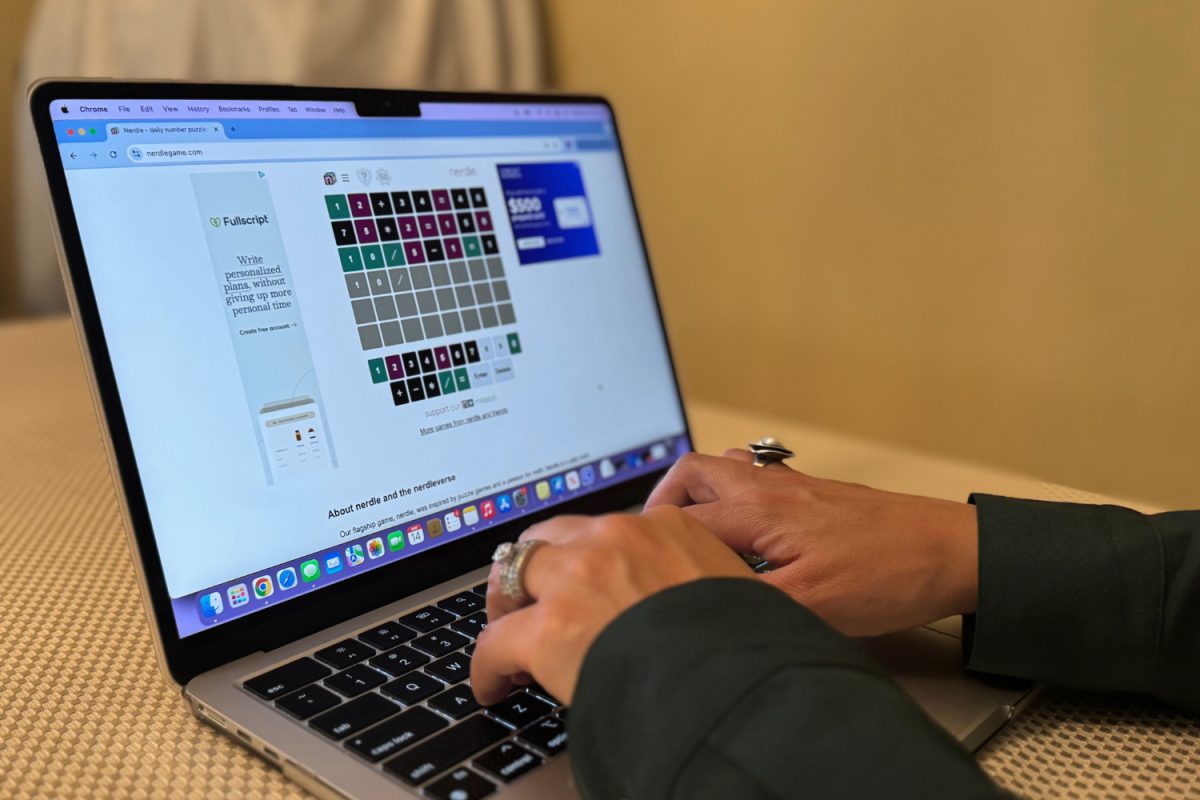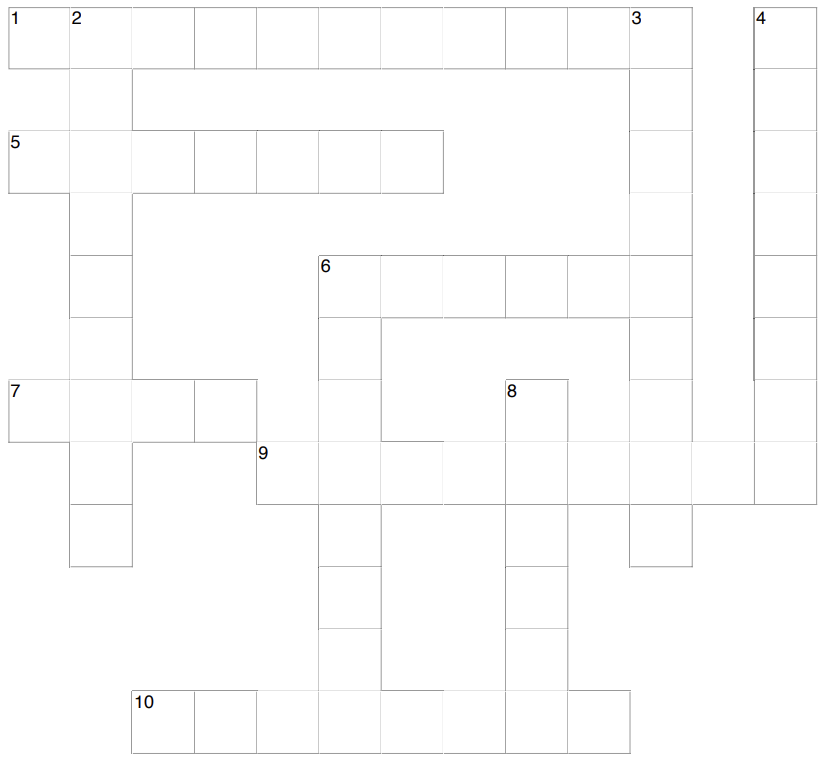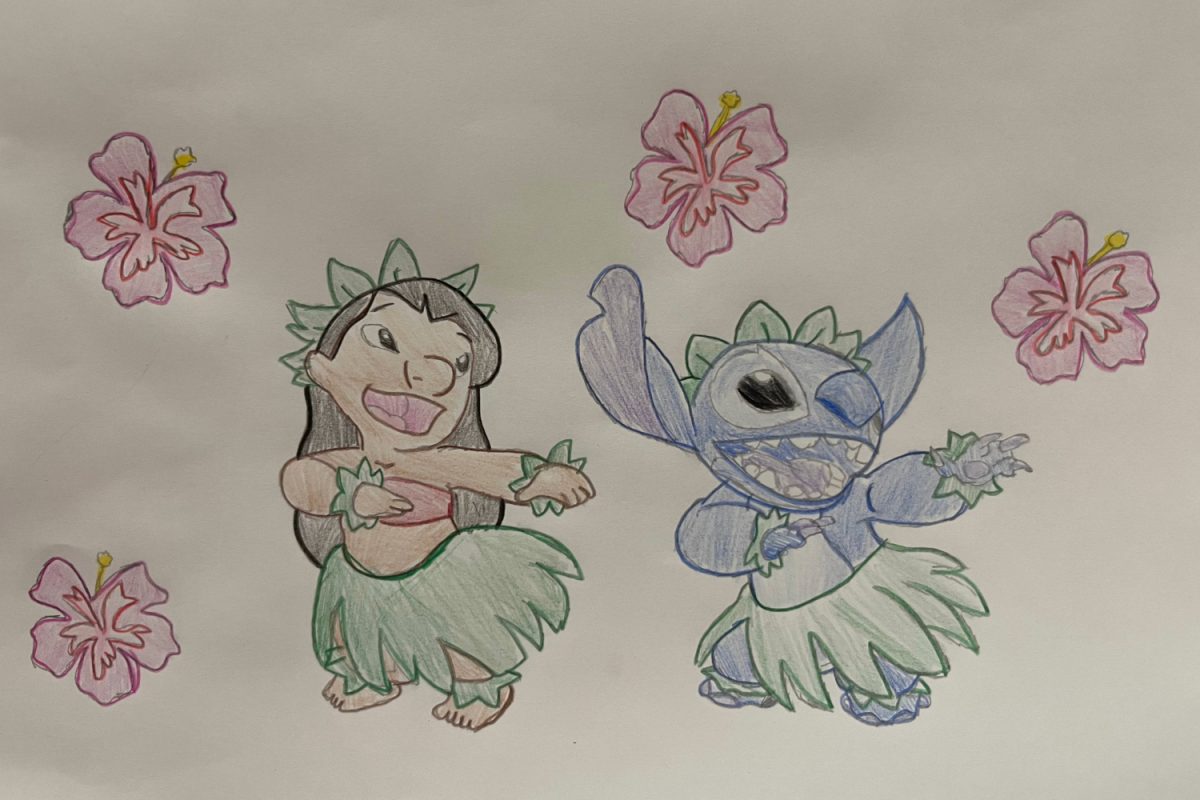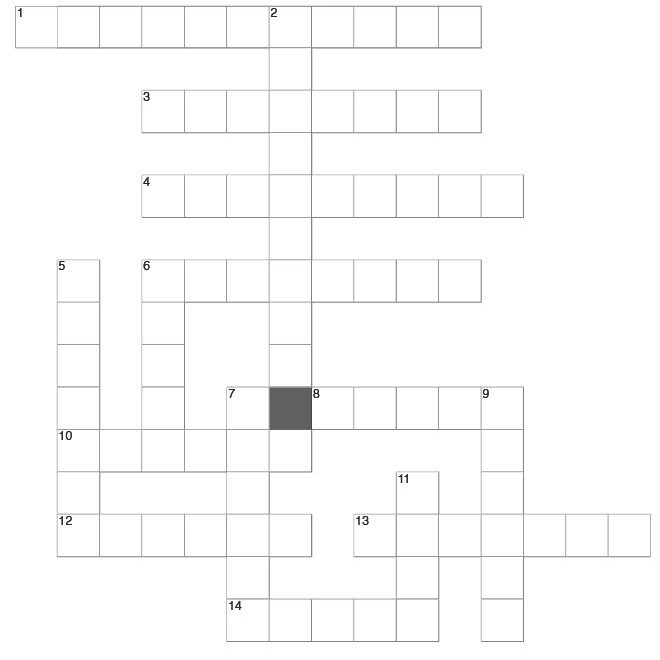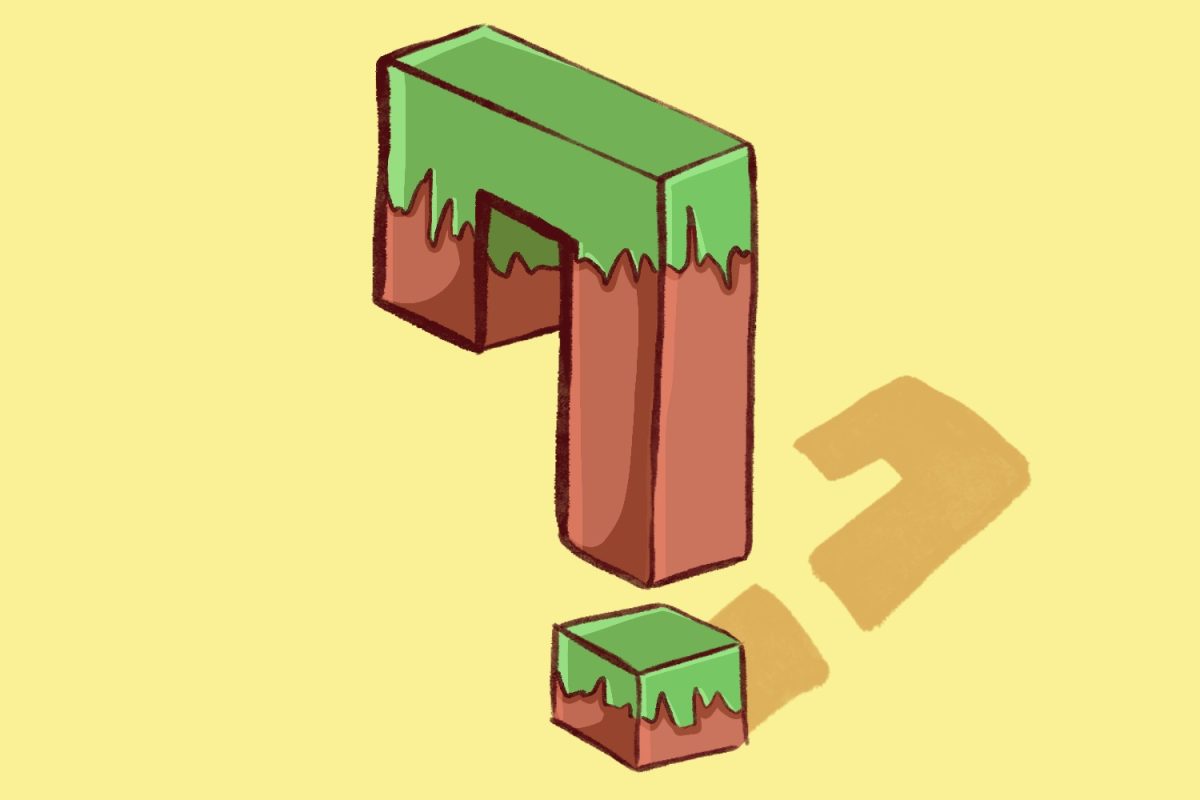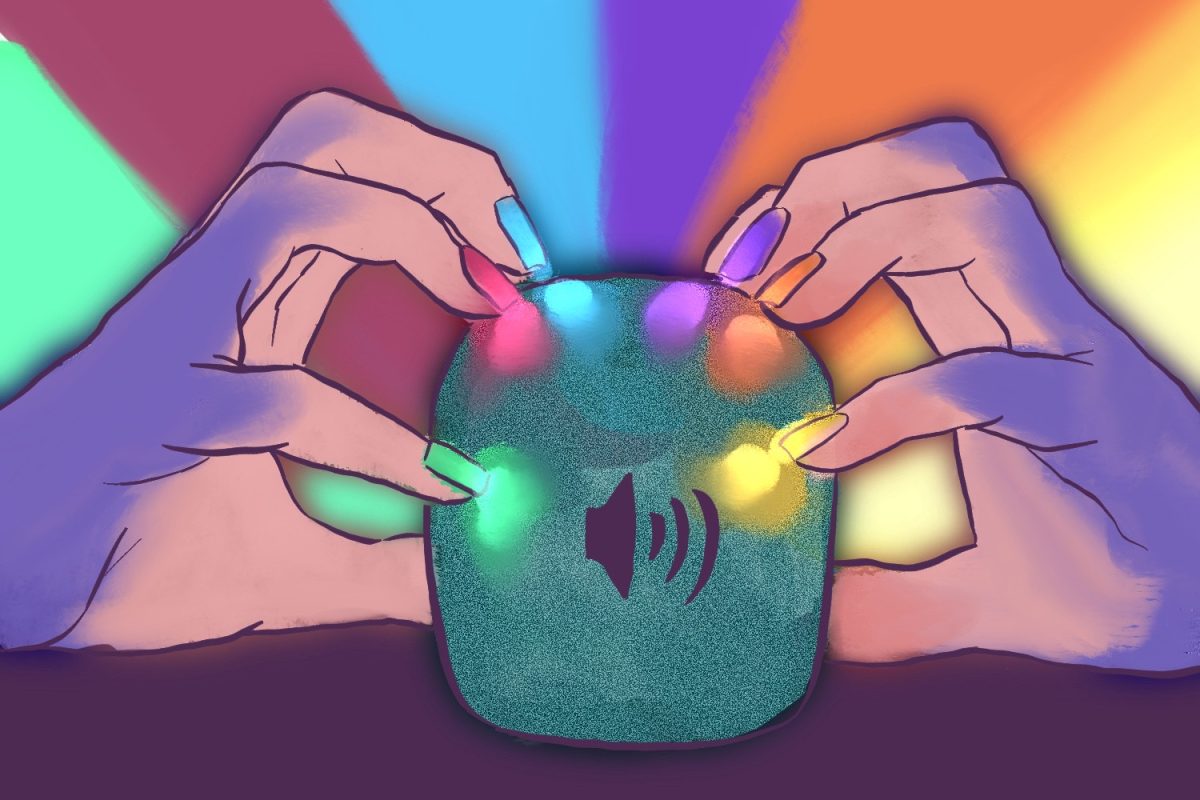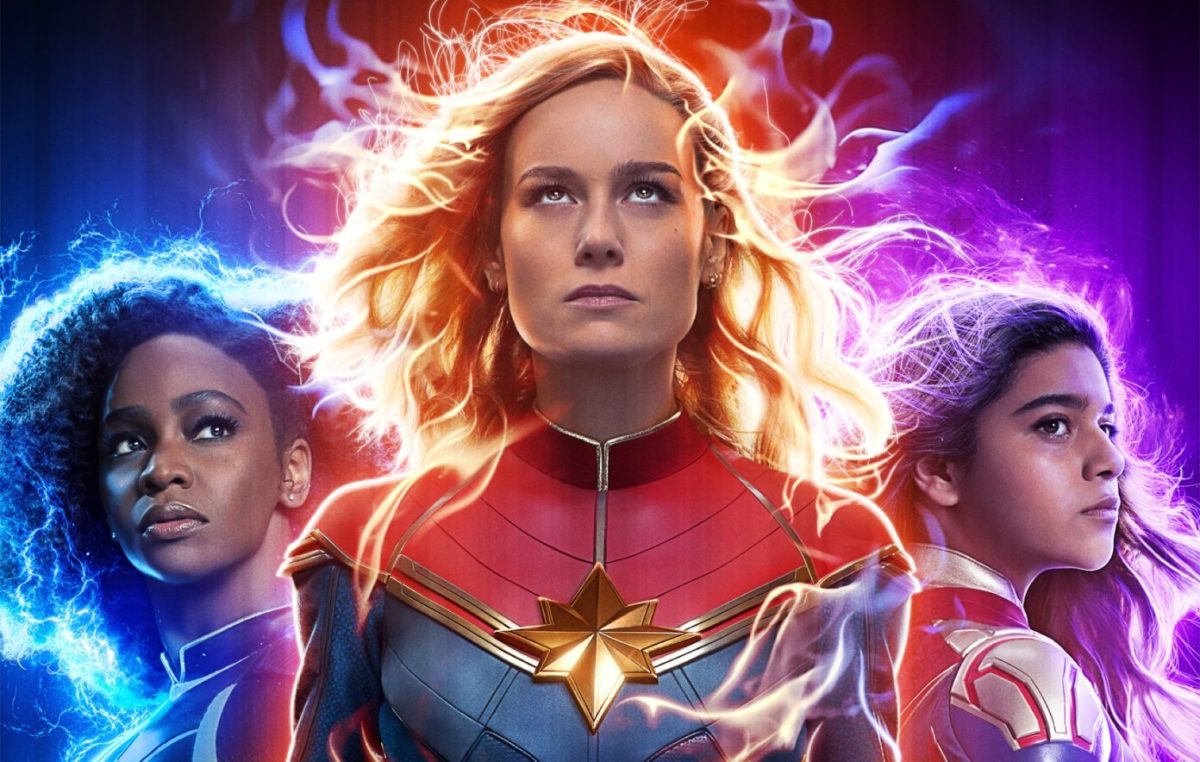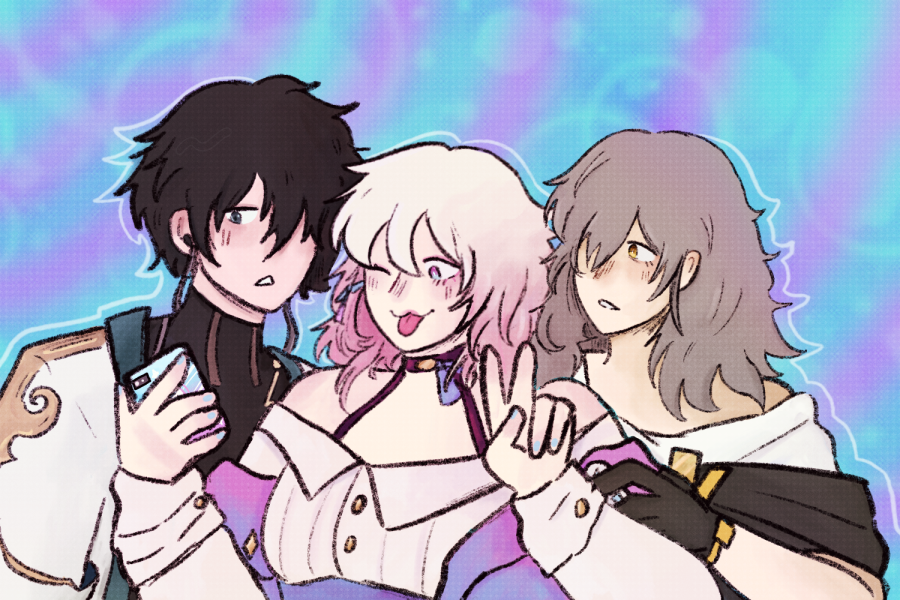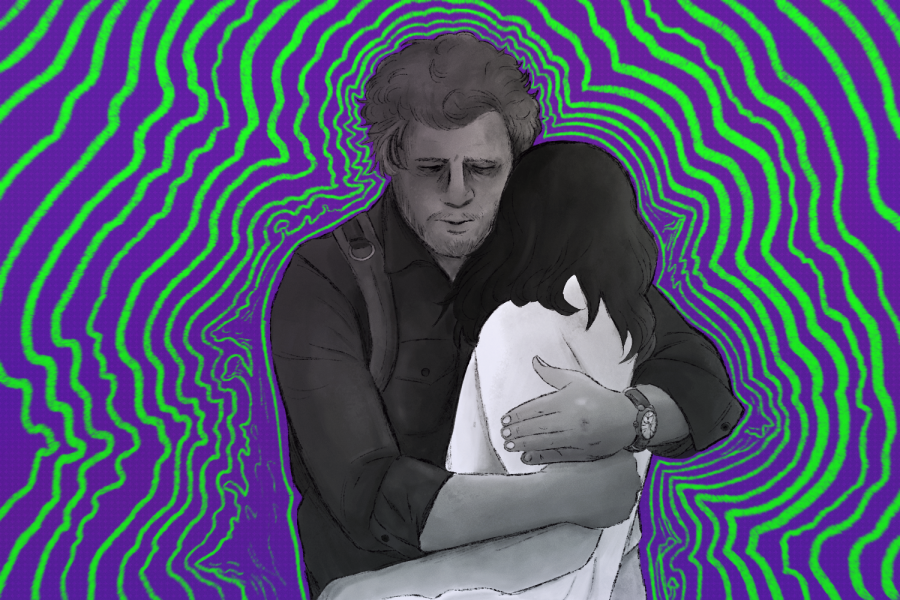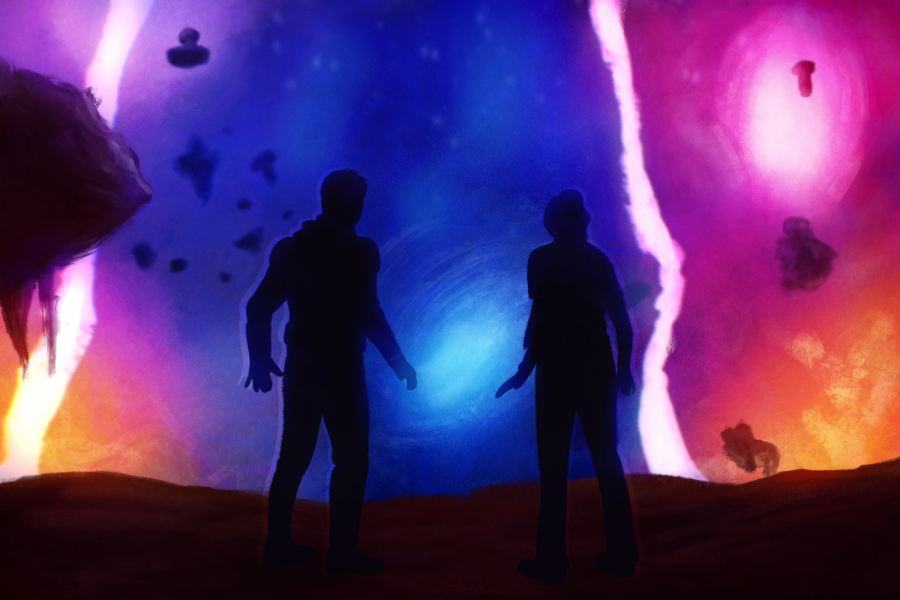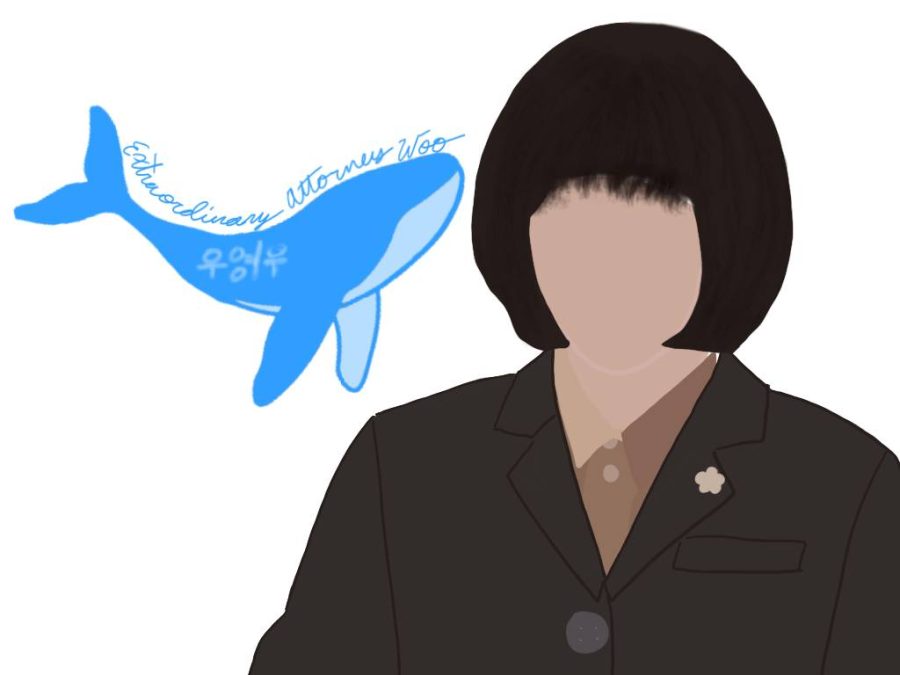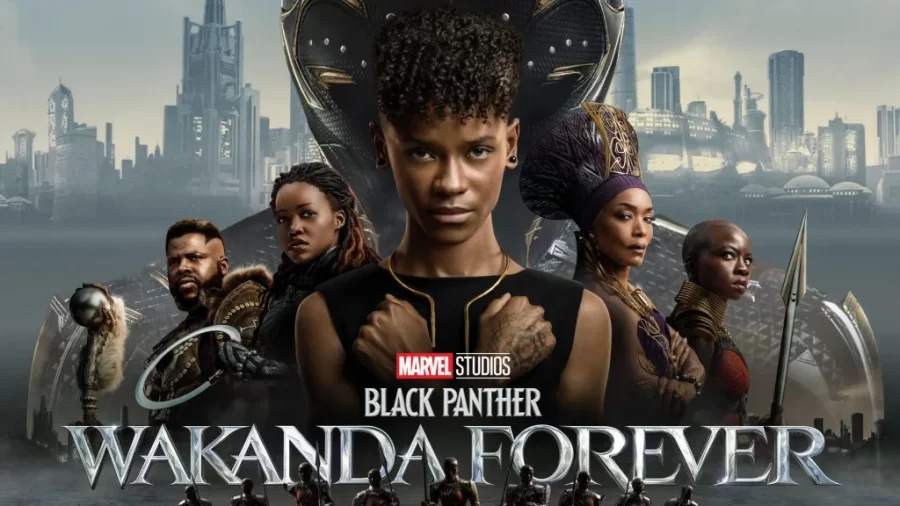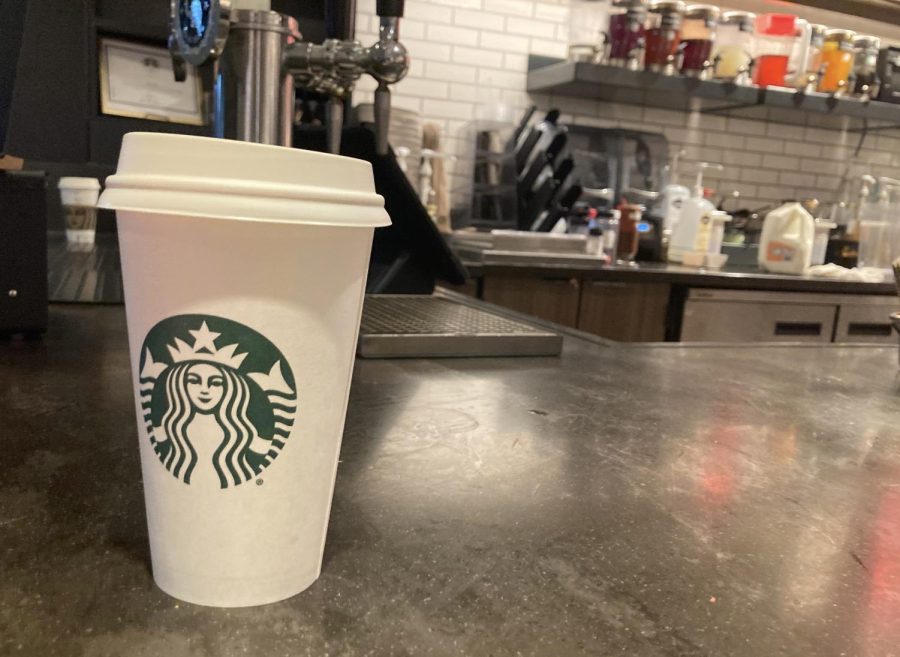Video game adaptations can often be a hit or miss, but “The Last of Us” has proven to be a masterful adaptation, with four more episodes left in its first season.
Based on the game of the same name released by Naughty Dog in 2013, the series follows Joel Miller, played by Pedro Pascal, and Ellie, played by Bella Ramsey, as they travel across a post-apocalyptic America ravaged by an outbreak of cordyceps, a parasitic fungus that completely takes over its host. Both actors have done a phenomenal job of portraying the characters in a faithful light alongside the rest of the cast so far.
The show has been faithful to the source material, albeit with a few changes that contribute to the story in a meaningful way. So far, one of the most significant changes has been the removal of spores from the show, which were replaced with tendrils and a network based on how actual fungi operate. Despite the drastic change, the show manages to make it just as terrifying, if not more so, than the infected were in the game.
Another reason the horror in the show works so well is the use of practical effects, which enhances the world in a way that computer-generated imagery (CGI) would not be able to accomplish, and is proven by the bloater in episode five, a monster that was achieved entirely through practical effects and a killer performance by stuntman Adam Basil. The effective use of sound and lighting also helps convey a sense of dread, which is pulled off flawlessly when we’re first introduced to the infected, also known as clickers, in episode two. All of these work in the show’s favor and allow for some of the most genuinely terrifying horror scenes in recent years.
All in all, there’s an incredible amount of commitment and love put into this show, and it shows in every way. From the effects to fleshing-out relationships shown briefly in-game, this labor of love keeps on giving.
Even if you aren’t familiar with the source material, I cannot highly recommend this show enough. It goes above and beyond in terms of effects, acting, storytelling, and keeping it accurate to the game while still having a few changes to keep it fresh and tell the story as effectively as possible.

